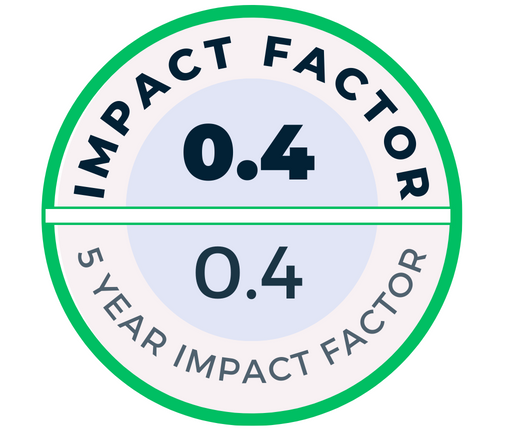Nowadays, many disinfectants and antiseptics are used for decontamination purposes in equine hospitals, on racetracks, and breeding farms, but generally, these antimicrobial agents are not tested against commonly encountered pathogens, and they are used with unknown antimicrobial efficacy. The antimicrobial efficacies of ethanol, chlorhexidine, povidone iodine, sodium hypochloride, peroxymonosulfate compound, and benzalkonium chloride were analyzed using the quantitative suspension test method against the field isolates of Escherichia coli, Pseudomonas aeruginosa, Salmonella spp., Streprococcus zooepidemicus, Streptococcus equi, Rhodococcus equi, and Staphylococcus auerus, which are the most frequently encountered pathogens of equines, in the presence of organic load (10% fetal bovine serum) after 1 min, 5 mins, and 30 mins contact times at 20°C. A log reduction of five or more (5 log ≤) in cfu counts of the tested pathogens was considered as effective for each disinfectant and antiseptic. According to the results, except for sodium hypochloride in the 1/100 dilution, all other disinfectants and antiseptics achieved a minimum 5 log reduction and were found to be effective against all tested isolates. Decreased dilutions and/or direct use of the sodium hypochloride should be tested against the same bacterial agents, as well as with multiple field strains. In addition, reference strains of the microorganisms should be evaluated in further studies.
Cite this article as: Mete, A., 2019. Antibacterial Efficacy of Some Antiseptics and Disinfectants against Common Bacterial Agents Isolated from Horses in Turkey. Acta Vet Eurasia 45, 101-107.


.png)


.png)